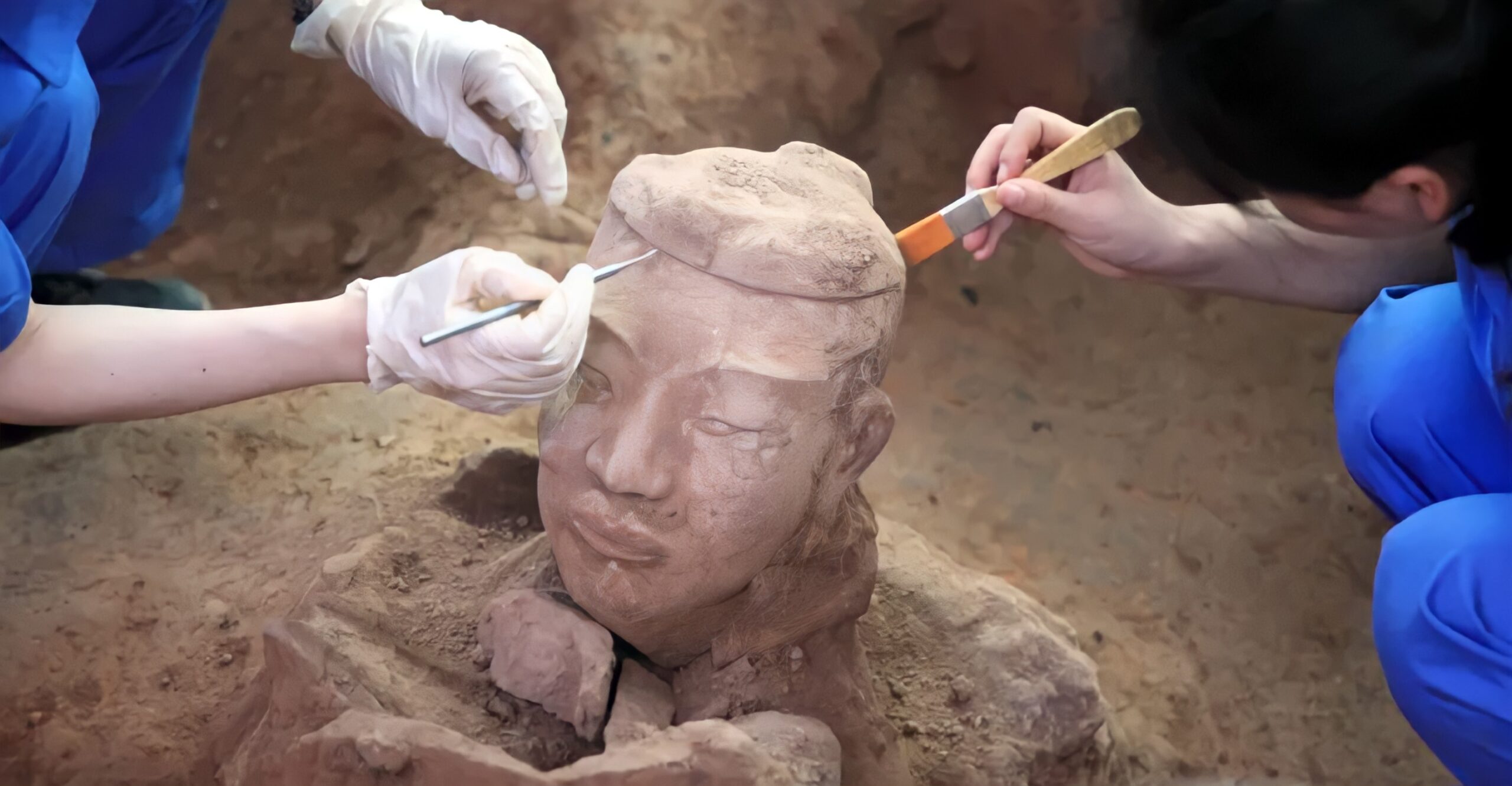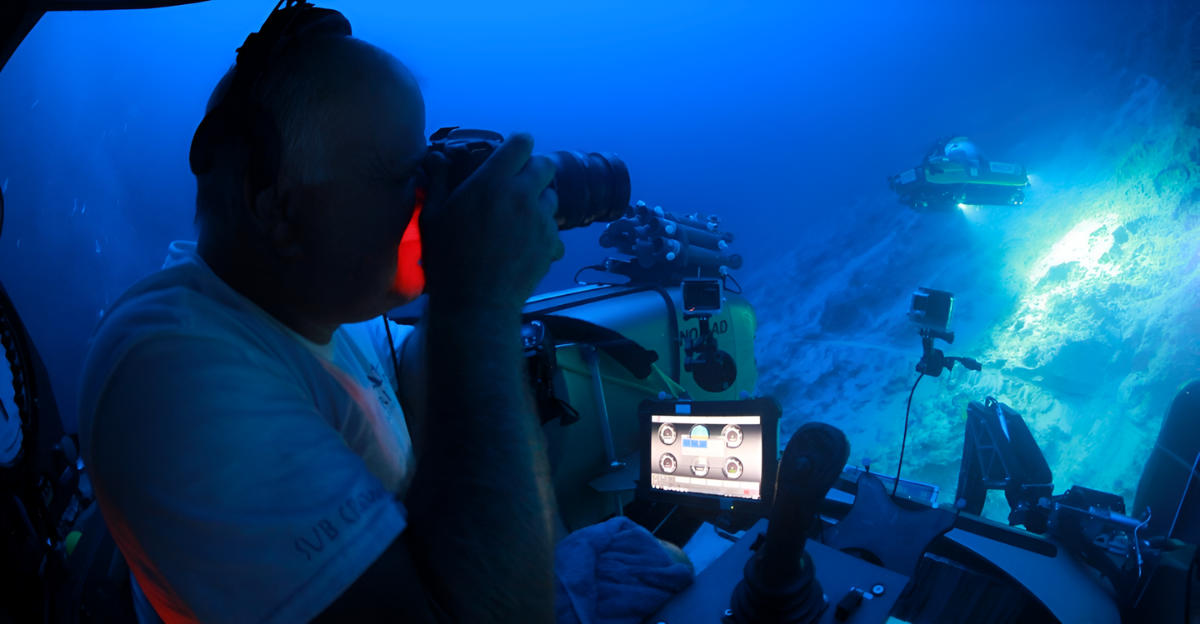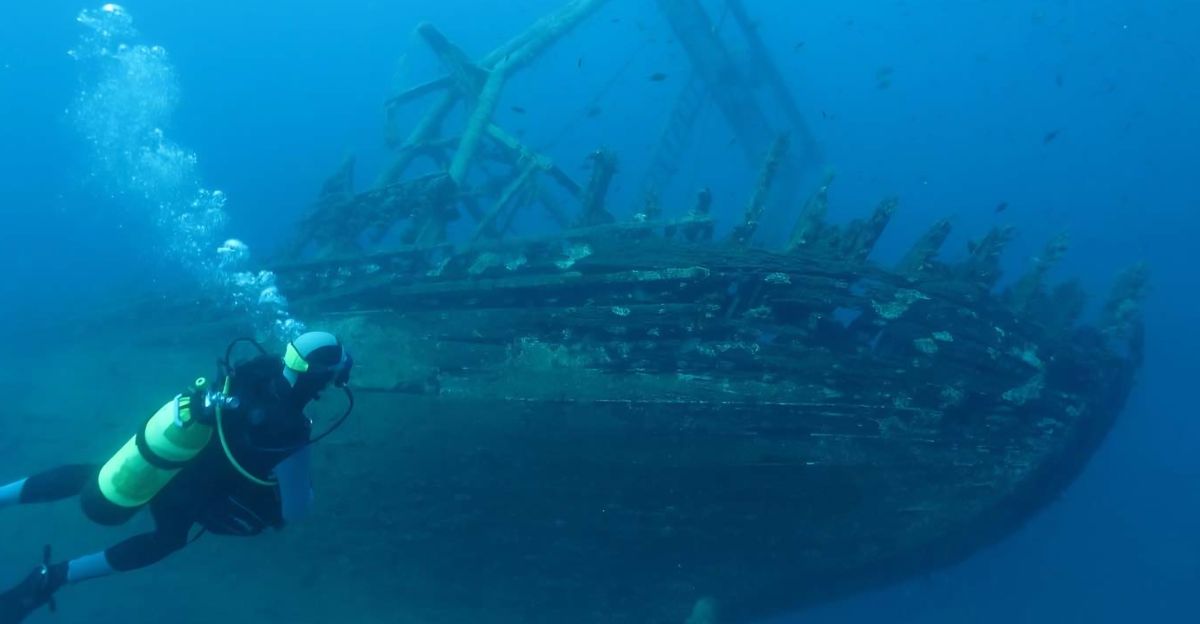
For centuries, the sea kept her secret. In the quiet depths of Newport Harbor, beneath layers of silt and time, lay a ship once thought lost forever — a vessel tied to one of history’s most ambitious voyages.
Now, after decades of underwater exploration, research, and debate, a team of international archaeologists believes they’ve uncovered something extraordinary.
But how did such a significant relic simply disappear for more than 240 years? And why are some still not sure that this is the ship? The reason lies in a convoluted history of war, discovery, and lost identities.
The Ship That Changed the Map
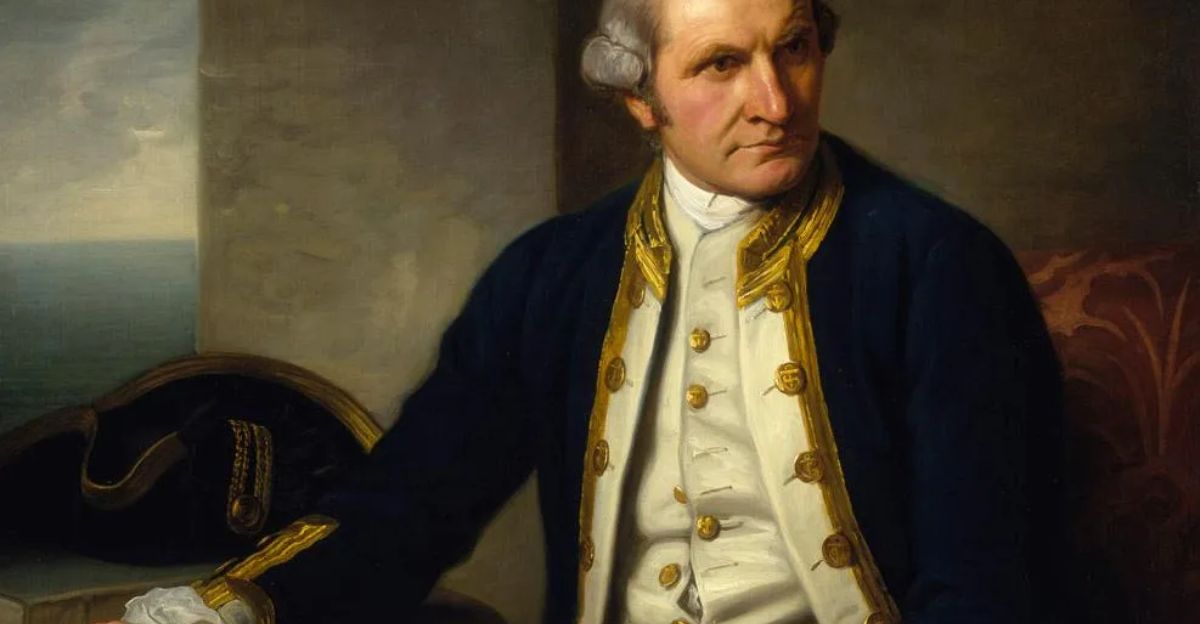
In 1768, a sturdy bark set sail from England on what would become one of the most influential expeditions in human history.
Commanded by the skilled navigator James Cook, this ship carried scientists, sailors, and supplies into uncharted Pacific waters.
It was a journey that would redraw maps, introduce new worlds, and forever alter global geopolitics. Few realized the ship’s fame would be followed by anonymity — it would vanish, nameless, into the tide of history.
A Legacy Both Celebrated and Contested

Captain Cook’s journey is frequently described as an adventure of discovery—an Enlightenment-era expedition that returned to Europe with astronomical, botanical, and geographic information.
Yet to others, the ship is a reminder of something more sinister. Cook’s voyage signaled the start of colonisation in Australia and New Zealand and had lasting impacts upon Indigenous peoples.
The ship that bore Cook is a symbol not only of discovery, but of conquest. Rediscovering it would mean confronting its famous and problematic past.
The Disappearance of the Endeavour
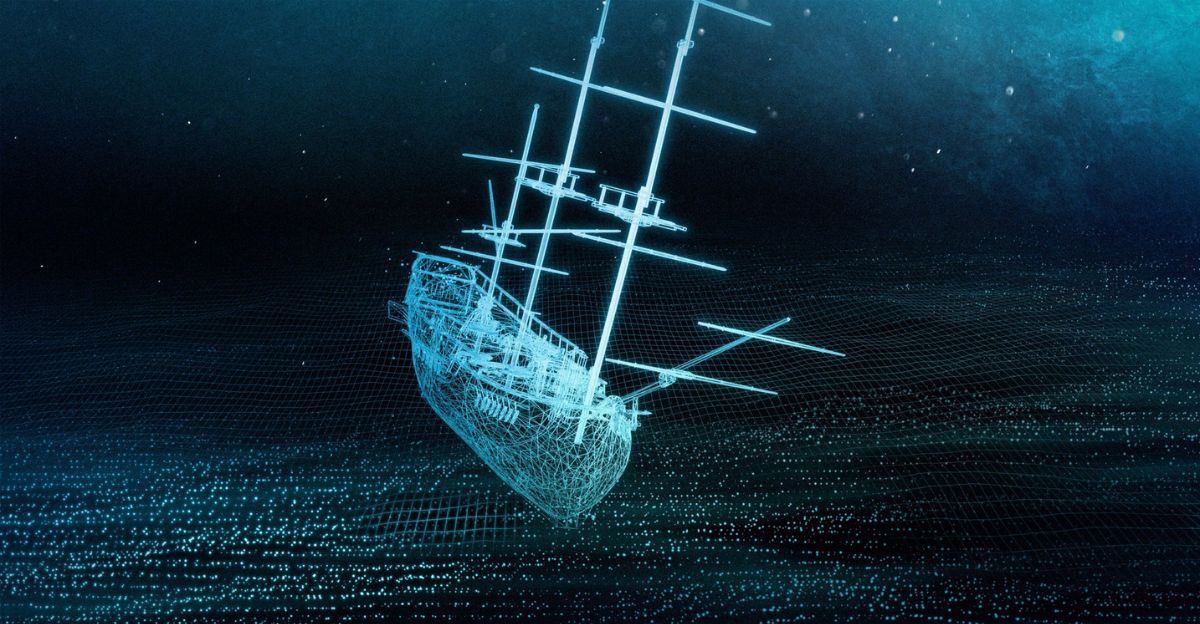
After the famous voyage, the Endeavour was quietly retired. The name was taken from her and she became the Lord Sandwich, to carry out tasks far less noble than her earlier exploits during the American War of Independence.
She met her final end at British hands in 1778, when British forces sunk her, along with a dozen other ships, to protect Newport Harbor from French naval advances. The proud explorer of the Pacific lay hidden beneath the waves until over two centuries had passed.
Global Search Resumes
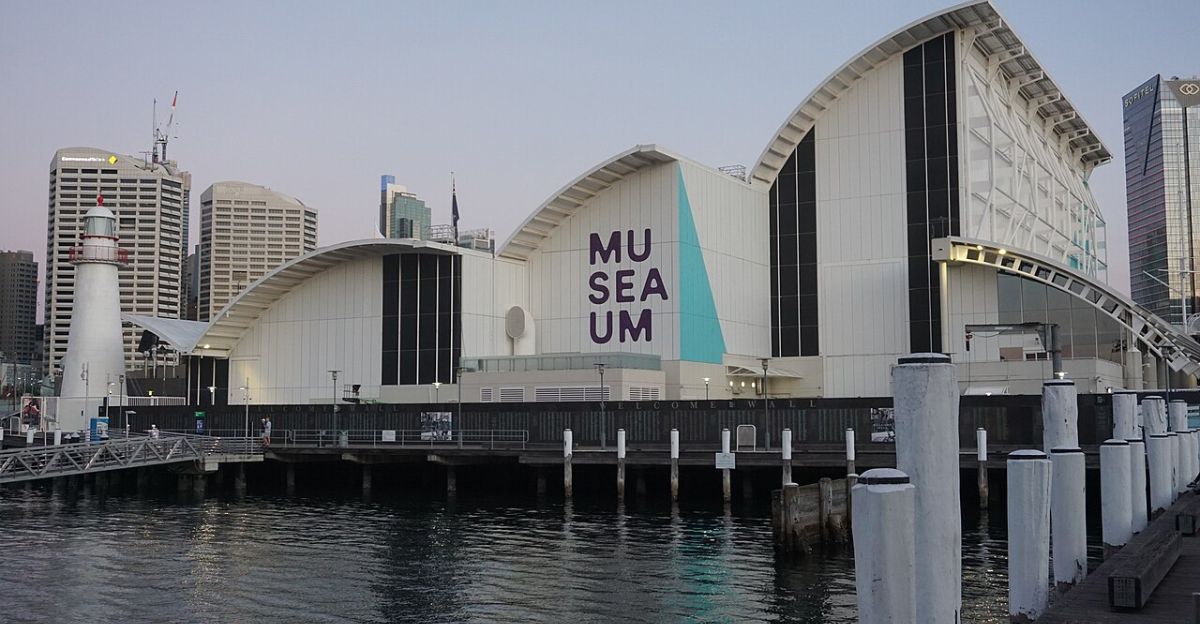
In 1999, the Australian National Maritime Museum and the Rhode Island Marine Archaeology Project combined their efforts. Together, they launched a thorough search of colonial records and naval logs and combed the murky bottom of Newport Harbor.
Hundreds of possible wrecks were listed and ruled out. One site persisted in capturing their imagination: RI 2394. Could this be the long-lost Endeavour, hiding in plain sight?
The Science of Shipwrecks
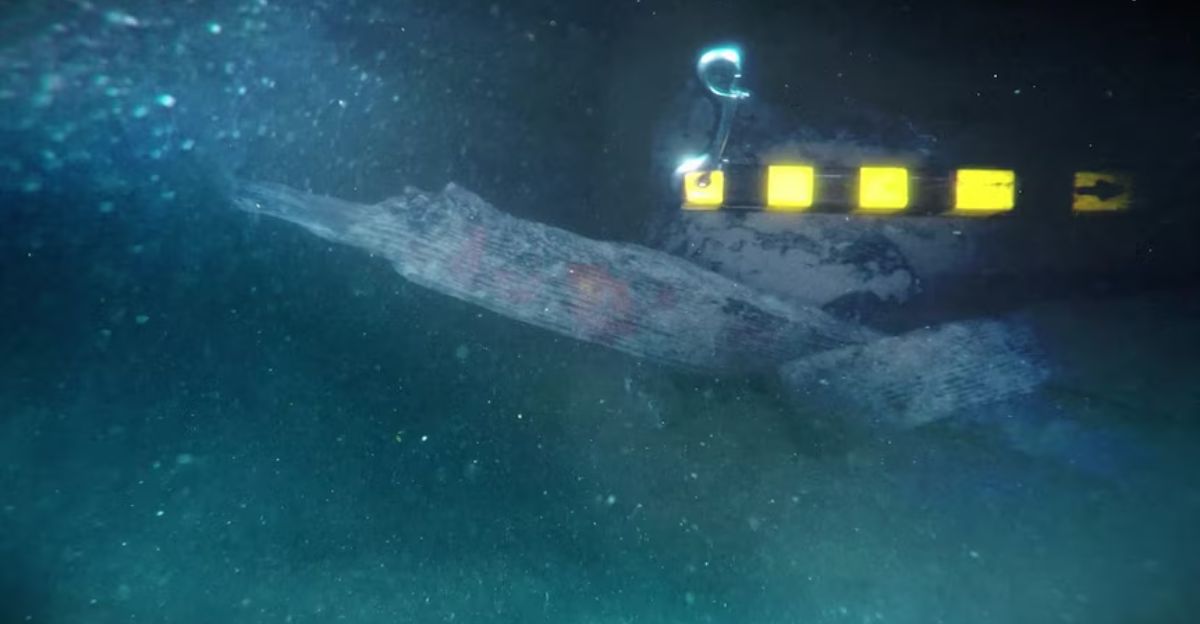
And to verify this, it wasn’t mere coincidence the researchers needed. They started comparing it to the surviving plans for 18th-century ships.
They measured the timbers and analyzed nails and joins. Every detail — from the type of wood used to the curvature of the hull — was matched against historical shipbuilding records. And little by little, a pattern began to emerge.
It wasn’t an American-built ship. The fingerprints on it belonged to British craftsmanship—and more specifically, to a shipyard that was active in the 1760s.
Timbers Don’t Lie
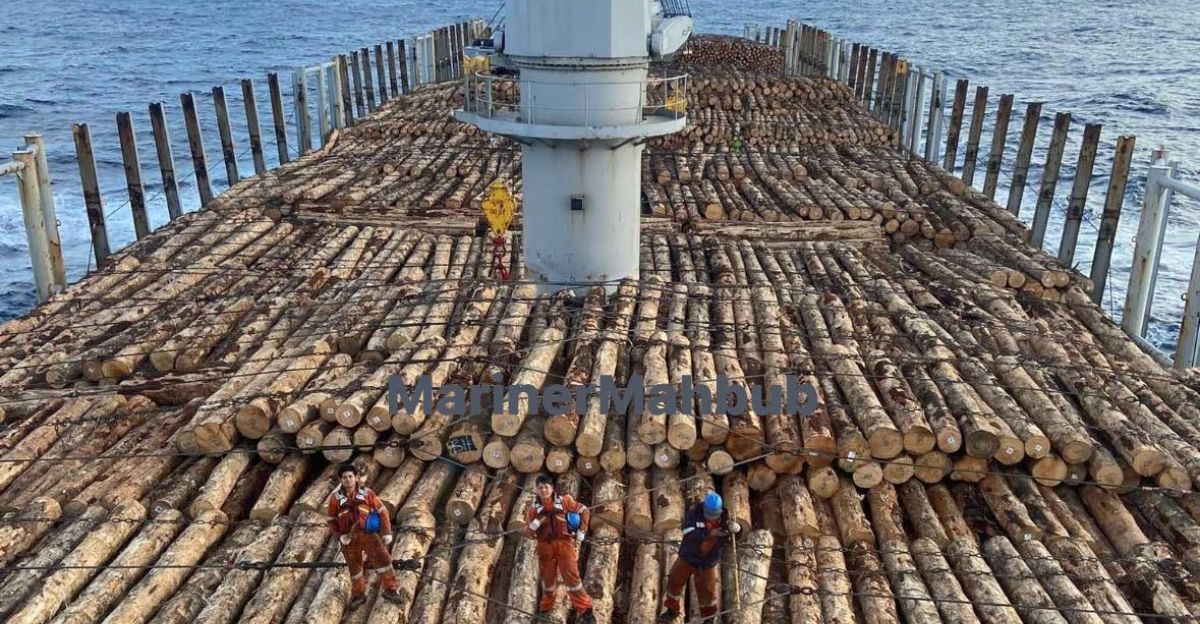
One of the most striking clues came from the wood itself. American ships typically used local timbers, such as pine or hickory.
But the wood found in RI 2394 told another story: white oak and elm, sourced from European forests. This pointed to a British build.
Moreover, the ship’s size and construction techniques matched the exact profile of the Endeavour. Still, marine archaeology demands certainty. The hunt continued.
Two Critical Discoveries
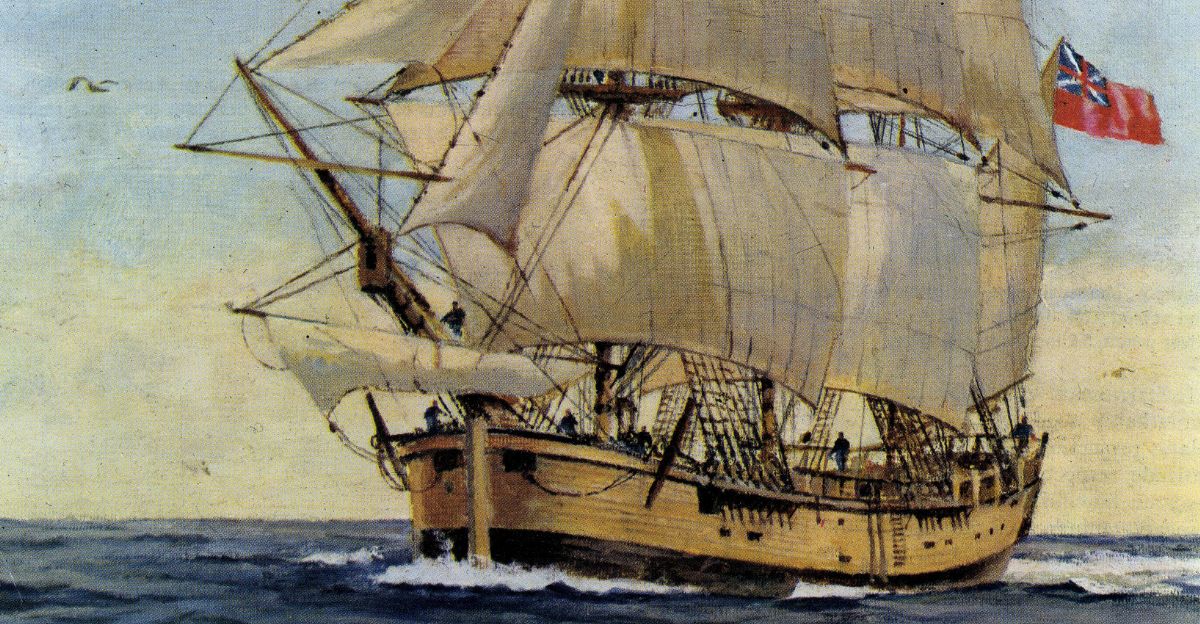
Then came the breakthrough. Deep in the silt, archaeologists uncovered a pump well—a shipboard structure for removing water from the hull. Its placement aligned perfectly with Endeavour’s original blueprints.
Even more telling was a scarph joint used to connect the keel to the stem—a rare and sophisticated feature seen only in a handful of historic wrecks. One expert called it “a smoking gun.” This was no ordinary merchant ship.
The Australians Go Public
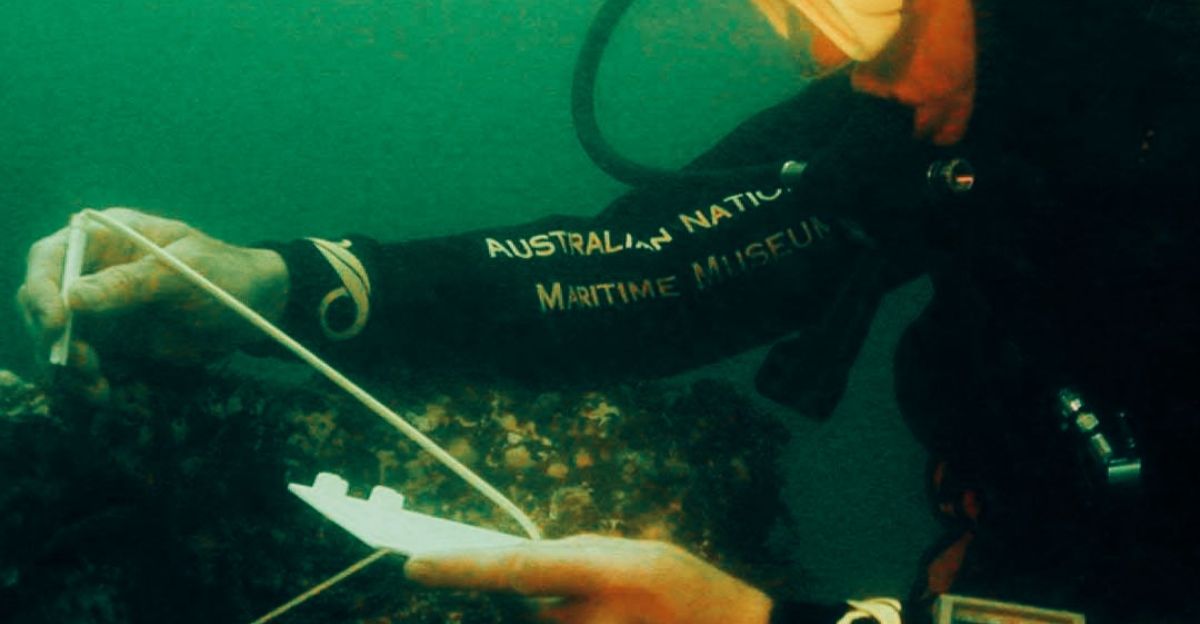
In early 2022, after 25 years of research, the Australian team announced their conclusion: they had found the Endeavour. Or rather, what remained of her under the wartime alias, Lord Sandwich.
Their claim was based on what they called “a preponderance of evidence.” Yet, not everyone was ready to raise the victory flag. The Rhode Island team urged caution, questioning whether emotional bias had rushed the reveal.
The Final Report Shuts Down Doubt
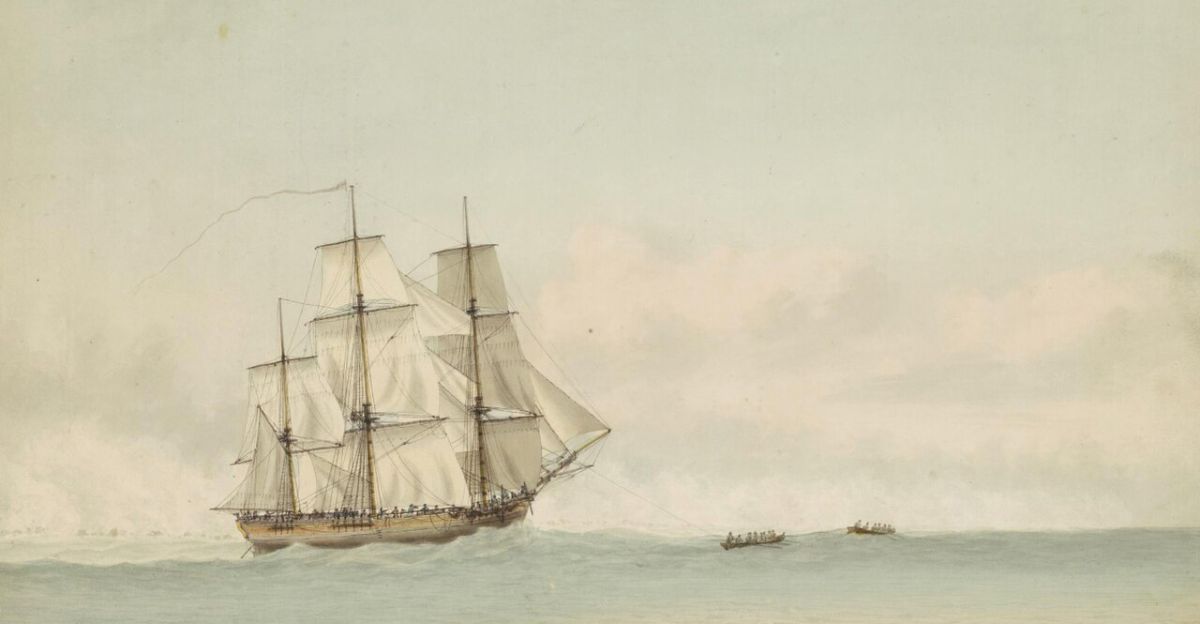
Now, in 2025, the Australians have responded with authority. Their Final Report compiles new site scans, structural comparisons, and an extensive inventory of similar 18th-century shipwrecks.
None of the other known wrecks match the characteristics of site RI 2394 so precisely. The team concluded that, “After years of academic scrutiny, no substantial objections have held.” Even some American researchers have quietly acknowledged the quality of the evidence.
Why It Took So Long

The hunt took a quarter of a century not for lack of expertise, but because of the sheer complexity involved. The Endeavour had been renamed. She’d fought in war. She was buried under centuries of silt and historical confusion.
Reconstructing her history took painstaking effort: archaeology, research through history, even underwater forensic analysis. Ultimately, only patience and persistence could bring her to light.
What Comes Next for the Wreck?
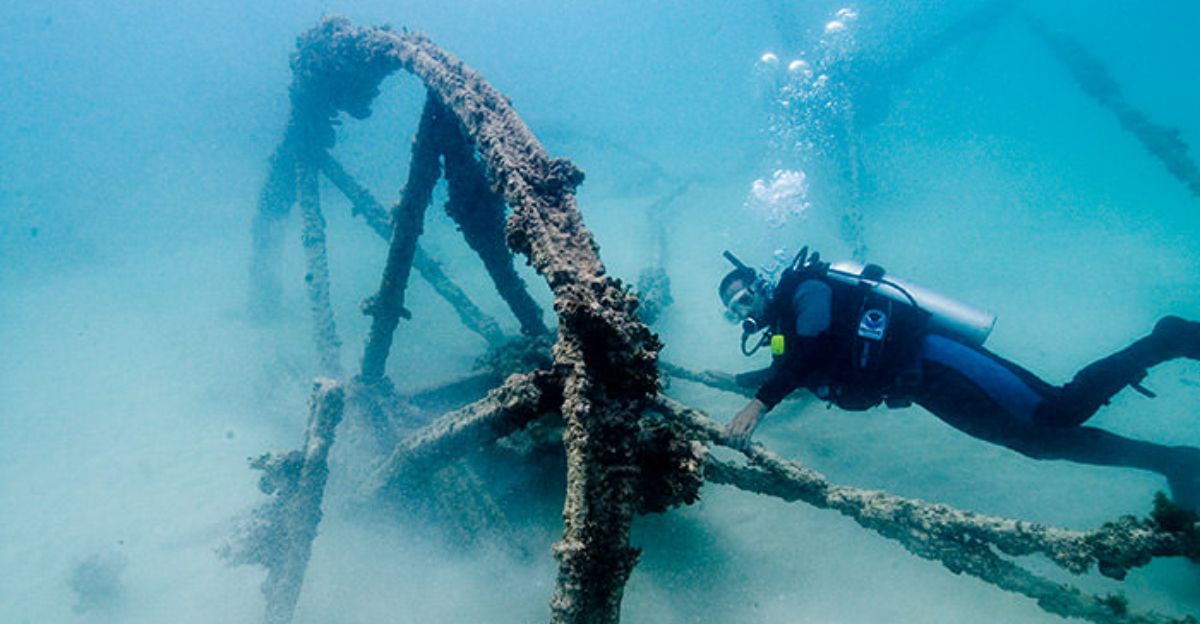
The discovery, while momentous, brings new responsibilities. The wreck is under constant threat from marine organisms that devour wood.
Conservation is now a priority. The museum is advocating for protective measures and increased funding.
They also hope to use the discovery as a platform for education—teaching not just about Cook and navigation, but about the Indigenous histories that intersect with this ship’s legacy.
A Ship That Mirrors History
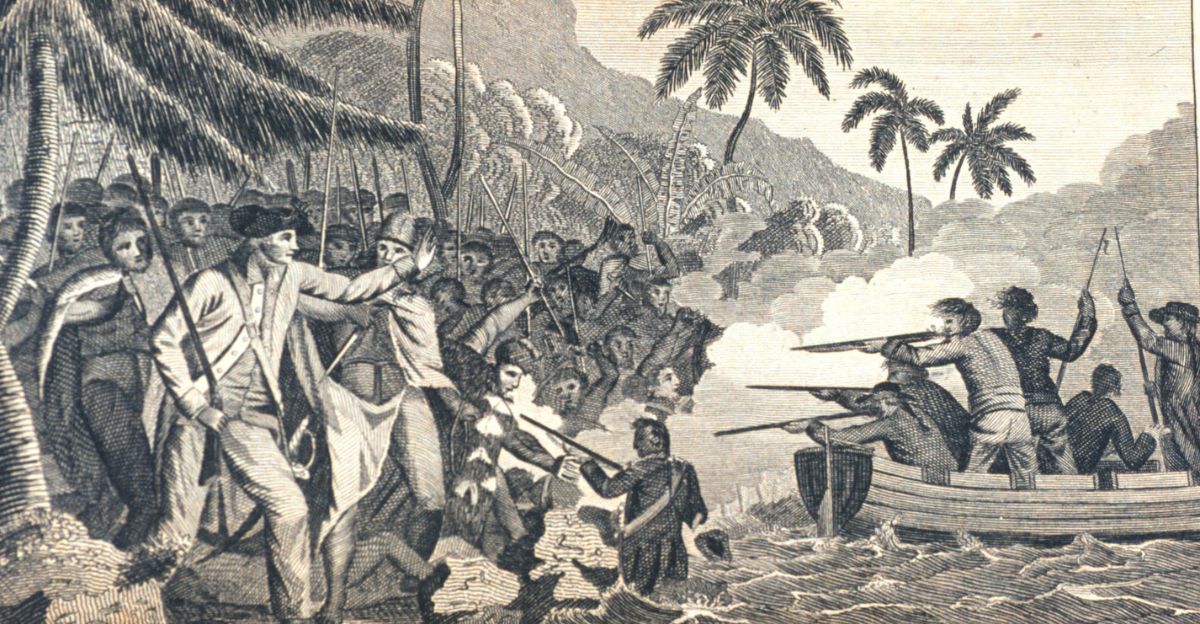
The Endeavour’s story is more than maritime trivia. It mirrors the broader narrative of global exploration: heroic to some, devastating to others.
Its rediscovery invites a fuller reckoning that includes not just triumph and science, but also exploitation and cultural loss.
The ship that once set out to map the unknown has now become a symbol of how history is never truly settled until it’s fully unearthed.
History Resurfaces
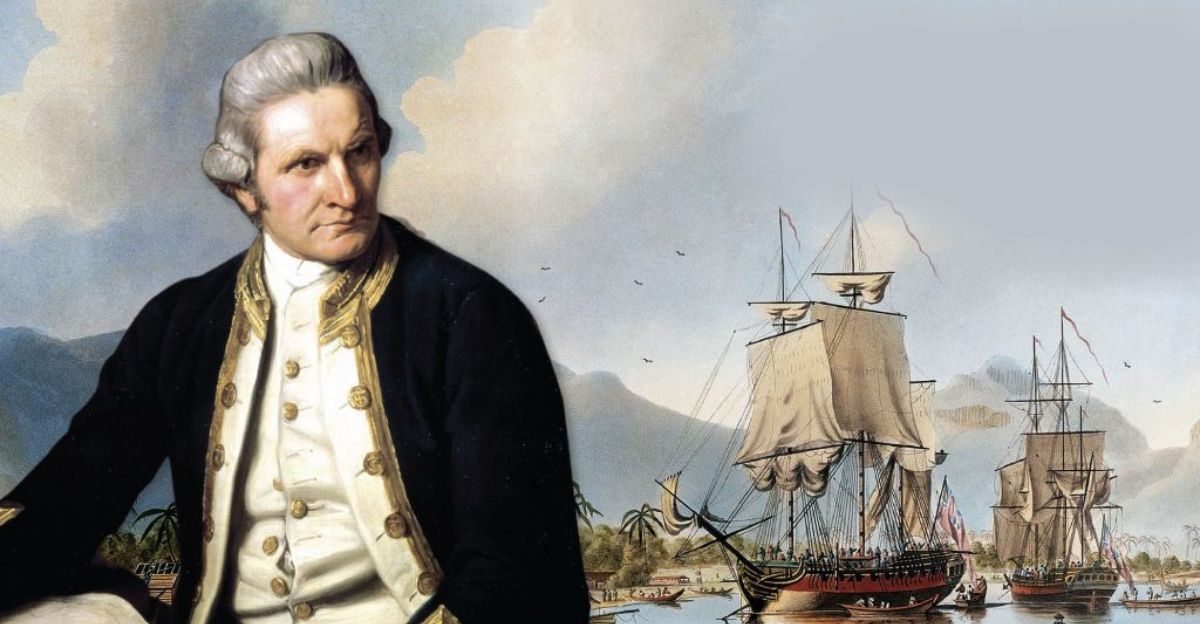
After two and a half centuries, the Endeavour’s bones have returned to us. Not in the grandeur of sails or gunpowder, but in the quiet certainty of evidence buried beneath the harbor.
It is a reminder that the past is never as distant as it seems—and that even in the most unlikely places, history waits to be rediscovered. The sea may have taken her, but it couldn’t silence her story forever.



